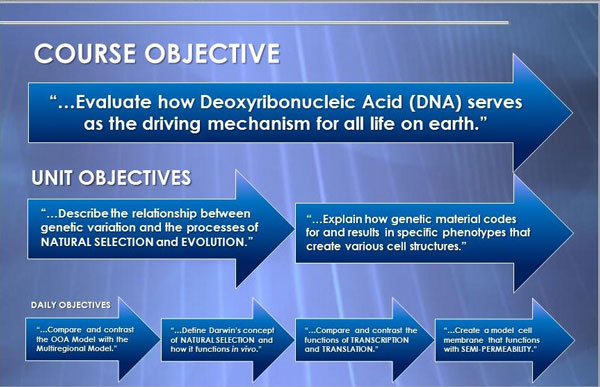The most substantial hurdle in blending game-like elements with traditional instruction is something we call the “chocolate-covered broccoli” effect; much in the same way chocolate coating cannot suppress the comparatively unpleasant taste of broccoli, many games designed to foster learning and comprehension fail to highlight educative content over their chocolaty, game-like elements. The computer program Math Blaster, for example, encourages students to solve math problems by forcing them to complete various arithmetic functions in order to protect the earth from potentially destructive asteroids, but as Ke (2007, 2008) noted after experimentation with aMath Blaster-like game called ASTRA EAGLE, “most participants lacked a reflection process for performance analysis, new knowledge generation, evaluation, and integration, which are essential for learning as a cycle of probing the world – a major knowledge-construction format for game-based learning” (2008, pp. 1615). Additionally, “when facing a poor game design where the learning activities were not deftly veiled within the game world, participants reacted by deeming learning as a foe and chose to simply bypass it” (2008, pp. 1614). As might be expected, the superficial nature of thinly-veiling game-like elements does little to stimulate student metacognition, motivation, and self-efficacy toward being a better math learner, rendering attempts to reconcile a relationship between the fun of gaming and the comparatively uninteresting prospect of learning arithmetic.
The subtle structural deficits found in Math Blaster and ASTRA EAGLE highlight how difficult it has been for educational psychologists and game designers to harness the pedagogical potential of games even as points, scores, and colorful, animated characters continue appealing to children and adolescents ranging in age from 6 to 18-years old. While such tools make content appear more attractive to young students, they do little to facilitate information and skill acquisition, implying that the schism between useful educational games and additional chocolate-covered broccoli can only be closed by finding a way to map learning objectives directly onto gaming objectives. Fortunately, while artificial gaming elements like those mentioned above do not address problems with content transfer, constructivist psychology has long-since established the scaffolding necessary for robust learning and holds promise to improve what tools currently exist in the field of serious games for education. As a result, the key to better structuring educational games may resonate within the development of rich problem-based learning (PBL) environments that combine student inquiry, social construction of knowledge, and problem-solving into a singular, engaging, game-like process – something we at The Pericles Group have dubbedpractomime.

